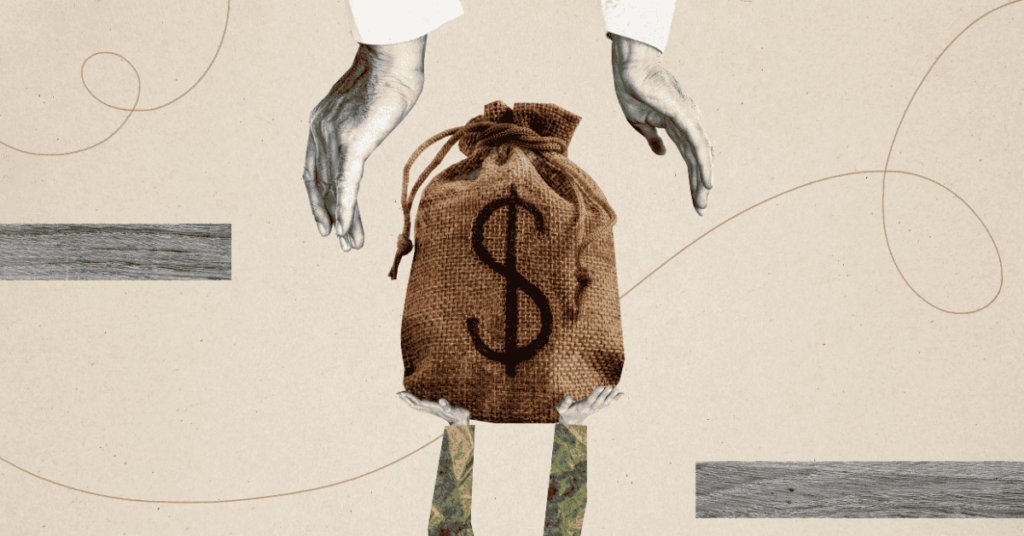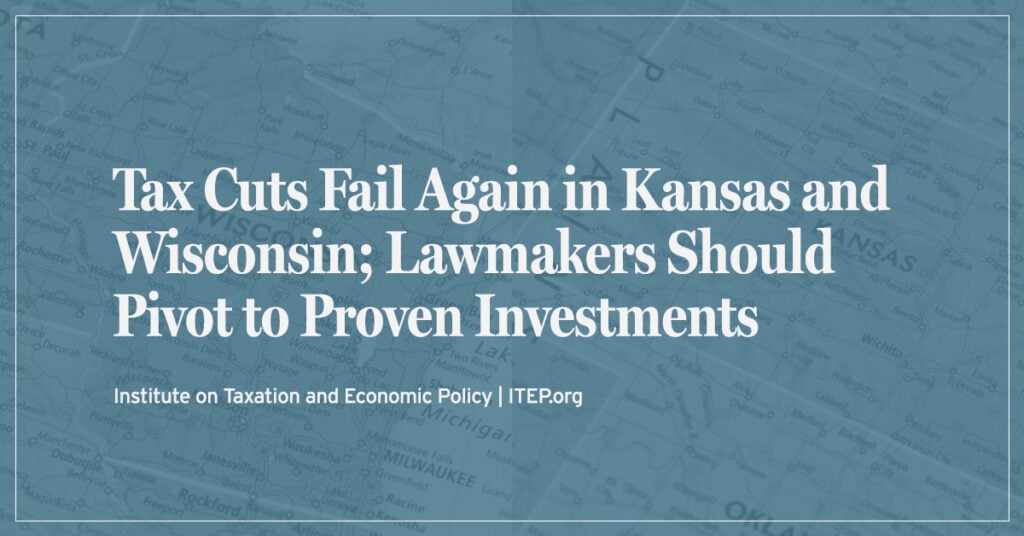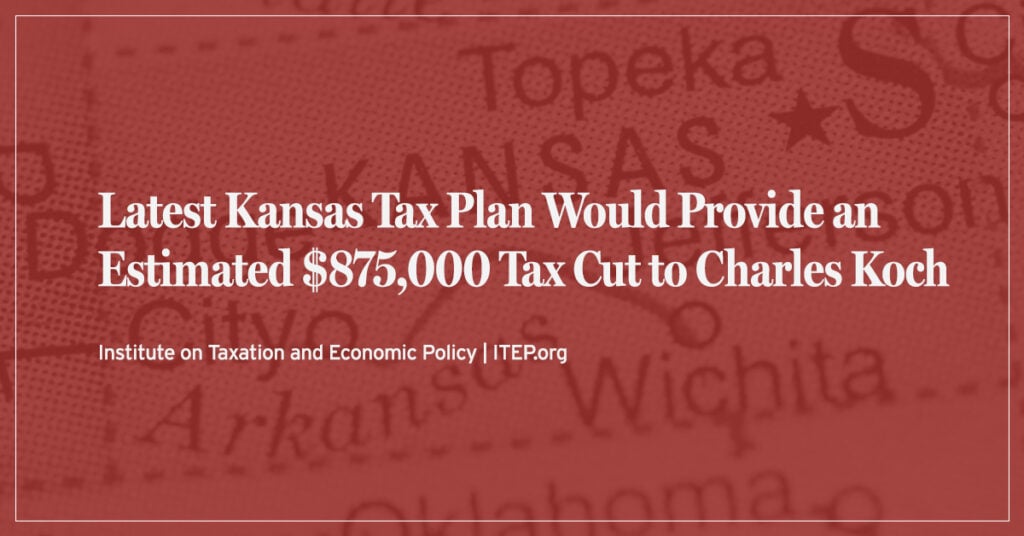BY NIRAJ CHOKSHI
March 27 at 3:22 pm
In 2012, Kansas enacted one of the largest tax cuts of any state ever, and the short-term results aren’t promising, a new report finds.
“Kansas is a cautionary tale, not a model,” Center on Budget and Policy Priorities researchers Michael Leachman and Chris Mai write in their paper. “… [P]romises of immediate economic improvement have utterly failed to materialize.” The paper is unusually harsh for the CBPP, which despite criticisms of liberalism (including fresh ones from the office of Kansas’s governor), often produces detailed, fair policy analyses.
In response to the paper, the administration questioned CBPP’s leanings and disputed the paper’s findings.
“The Brownback administration has created a competitive advantage for Kansas,” Eileen Hawley, press secretary for Gov. Sam Brownback, said in an e-mail. “We have grown jobs, reduced unemployment and invested in education.”
The 2012 tax cuts were followed by another round last year, bringing the state closer to Brownback’s stated goal of completely eliminating the income tax. Under those changes, the state’s tax rates ranging from 4.9 to 6.45 percent will continue to drop, reaching a range of 3 to 3.9 percent by 2018. (See the CBPP paper for more details.) After that, automatic cuts could still be made, depending on economic conditions.
When he signed the cuts into law nearly two years ago, Brownback said “the best thing we can do for individuals in this state and particularly for somebody who is struggling is provide jobs and job opportunities.” The cuts, he said, would do just that. But short-term results haven’t supported that, Leachman and Mai argue in their report.
The cuts slashed available revenue, leading to declines at a time when most states have seen revenue growth. Kansas’s revenue drop last year was second only to Alaska’s, according to one academic estimate. Revenues grew in 38 states, fueling a nationwide average of 2 percent growth. Kansas’s own nonpartisan legislative analysts estimate a revenue decline of about $5.2 billion by the end of fiscal 2018 thanks to the cuts.
The impact of the 2012 cuts was uneven as a share of income. The cuts saved the wealthiest 1 percent the most, as a share of their income, according to an analysis by the Institute on Taxation and Economic Policy and reproduced by CBPP. Only one group saw taxes eat up a larger share of their income: the bottom fifth.
And the drop in revenue was matched by a drop in school funding, CBPP found. Last school year, 18 states raised general funding per student relative to inflation, while 29 did so this year. As general school funding rebounded in the median state, Kansas’ continues to fall — and would fall further under Brownback’s proposal, CBPP found. Should his cuts be enacted, school funding would be 17 percent below pre-recession levels, adjusted for inflation.
The Brownback administration contends that his budget includes increases to education spending. It does, but they amount to a 0.1 percent increase between the 2014 and 2015 fiscal years, an increase likely to be outpaced by inflation, which rarely grows at rates of less than 1 percent.





